Month: April 2021

Onboarding, Training, Building Knowledge Base Definition For Small Medium-Sized Businesses
Organizations success is highly dependent on employee skills and performance and every new hire needs a certain level of training regardless of their role in the organization.
Training costs can go beyond a staggering $13 million dollars for large organizations. 99.9% of businesses in the UK (6 Millon), 99.7% in the US (28 Millon) are stated as SMB and these organizations are facing countless challenges in balancing training quality and costs.
Is there a way out of this dilemma, without sacrificing quality and within an affordable budget?

Knowledge base, a dictionary of ready to go information, the bible for trainers and employees. Consuming all relevant information for a new hire, all training material is one click away from anywhere and everywhere and you don’t have to worry about the term, jargons since the many Knowledge base tools offer context-sensitive features.
It is very easy to get drawn when you jump into an ocean of information, and we all experience those frustrations when the instructor needs to repeat something for clarification and this feeling is mutual for both parties.
The onboarding process starts over again with every single new hire and hiring never stops. The knowledge base can save time and energy and provides real-time visibility to training information, and flexibility of constant refresh to meet the new hires requirements.
Researches pointing that the average employee wastes 5 hours a week by searching the Finalupdatelatest. document. Mistakes can easily be done when it is almost impossible to verify if the source is the latest version, even the file name says so.

Researches pointing that the average employee wastes 5 hours a week by searching the Finalupdatelatest. document. Mistakes can easily be done when it is almost impossible to verify if the source is the latest version, even the file name says so.
Besides the training and onboarding purpose of building a knowledge base, it can also be a solution for hitting your Customer support KPIs and totally can bring your support level sky-high. You can make it easier for your customer service team to provide prompt service and information by using an internal knowledge base to gather common support documentation and FAQs. 90% of customers want an immediate response when they turn to you with a support issue. Use of help or FAQs on a company’s website increased from 67% in 2012 to 81% in 2015 regarding Forrester’s report. Publishing your FAQs on your web page can help you to avoid repeat requests from customers as well as deflecting 40% totally.

What to put in a knowledge base
- Annual reports, employee handbooks, organizational charts, and contact lists
- Onboarding materials, health-and-safety training, and certification training.
- Process documentation, software documentation, standard operating procedures, and checklists.
- FAQs, call scripts, and email templates that can help your customer support team better assist customers.
- Case studies, product information sheets, sales process information, and the latest sales numbers.
- Editorial calendars, social media post templates, and copywriting guidelines.
- Press releases, contact lists, and press images.
- Branding Handbook, and colour codes.
- Legal documents, contracts, release forms, policies, and regulatory documents.
You can find some excellent knowledge base examples below.
1. Optimizely
Optimizely’s knowledge base is huge, and it contains a community forum, a traditional knowledge base, an educational academy, certification programs, developer documentation, and a link to regular support.
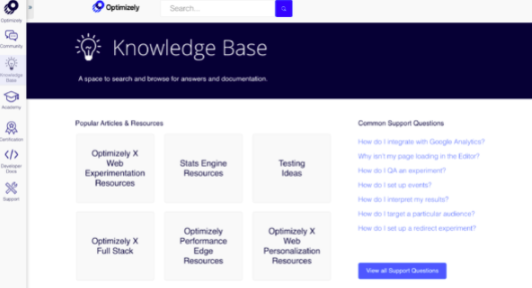
2. SurveyMonkey
When it comes to a knowledge base design template, SurveyMonkey has one of the best examples I’ve seen. It’s clean, beautiful, simple, and intuitive. I like the visually prominent search bar and the clear topic categories.
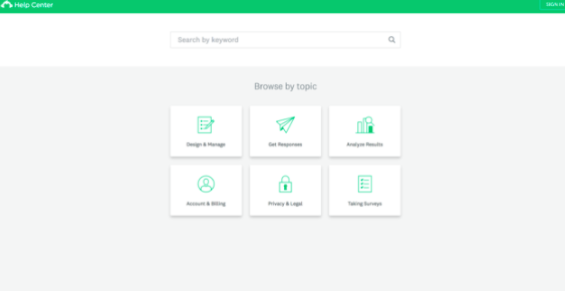
3. Microsoft
The next knowledge base example we have here does a great job of capturing and utilizing feedback.
The cool thing is that Microsoft has clearly done its research and analysis and has built the knowledge base homepage to reflect top user concerns.
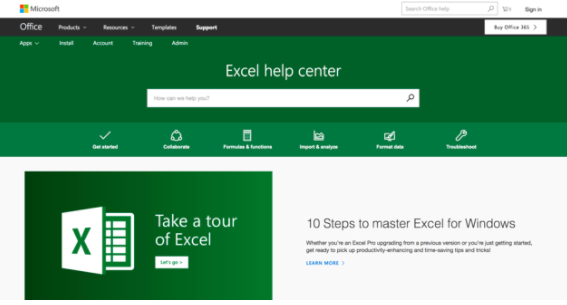
4. HubSpot
Hubspot knowledge base contains a bunch of different elements, including a documentation (for developers, designers, and general users), training (online, consulting, and classroom on a variety of topics), certifications, and a huge variety of community features (like forums, case studies, a customer blog, and more).
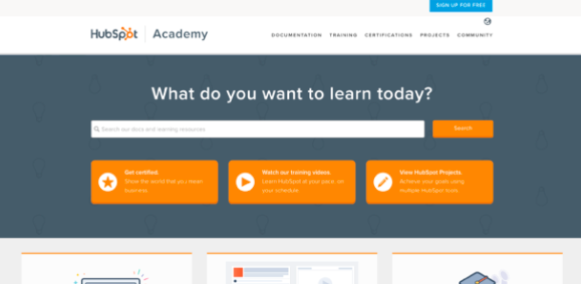
5. Moz
Moz is a stellar example of using knowledge base content not simply for reactive customer support, but for proactive customer education as well. They even refer to their knowledge base as a “learning centre,” which shows you how they’re framing their efforts.
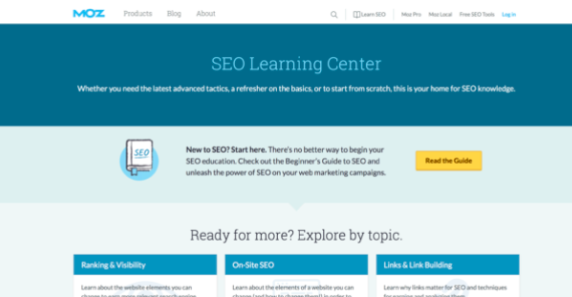

Key SaaS Metrics That You Should Know

Getting to know your customer is what separates the losers from the winners in the SaaS world.
Every successful business has a strong understanding and ability to around their
needs.
SAAS stands for “software as a service” and there are dozens of details to consider when reporting on key marketing and sales data for SaaS organizations.
Obviously, these metrics can be applied across all industries and company types and should be monitored on a regular basis. It’s important to put in place necessary reports and set benchmarks for each. Start by looking into your last year or quarter’s data to set a baseline to measure against, and use that baseline to evaluate if you’re growing — or stagnating — in the coming months.
Below there are key metrics as a bible for every SAAS sales and customer support team.

MRR
Monthly Recurring Revenue (MRR) is the amount of revenue that a company receives on a monthly basis. MRR is critical to understanding overall business profitability and cash flow for subscription companies. Once you’ve calculated the MRR for each customer, you can calculate the total MRR for your business.
MRR breakdowns are always helpful to look at your revenue growth. There are main 4 parts to divide your MRR and see an overall view of your business.
New MRR
New MRR is the monthly recurring revenue that’s generated from brand new customers. If you have 5 new customers in a month, they pay $100/month and the other your new MRR would be $500.
Expansion MRR
Monthly recurring revenue from your existing customers such as upgrade as a result of an upsell or cross-sell.
If 5 of your customers upgrade their subscription from $100 to $200/month, the expansion MRR would be $1000.
Contraction MRR
Contraction refers to the revenue lost from existing customers who have downgraded their subscriptions and takes into account both downgrade MRR and Churn.
Churn MRR
Churn MRR is the amount of monthly recurring revenue lost due to customer cancellations. It’s often calculated against MRR to see Churn MRR amount.
It’s often calculated against MRR to see Churn MRR and monitor the impact on business.
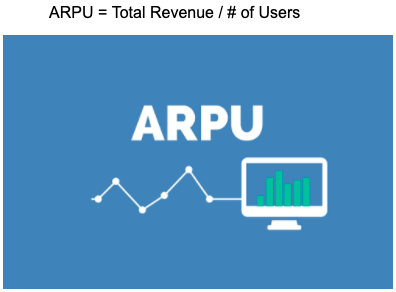
ARPU(Average Revenue Per User)
ARPU is known as average revenue per user and it is equivalent to total revenue, besides being very useful for all types of businesses, it’s most commonly used to analyze subscription-based organizations.
ARPU calculation is a great way for a business to track growth progress.
Calculating business ARPU is quite easy, It is simply taking the total revenue divide into a number of users in a given time period.
Starting with telecommunication companies such as AT&T, Verizon, and followed by cable companies such as Comcast, and nowadays on the scene for social media companies like Facebook, which is not subscriber-based.
Facebook’s average revenue per user in the third quarter of 2020 was $7.89.
Definition of a standard time period is a must. Most Saas companies calculate ARPU on a month-to-month basis. The total revenue generated during the standard time period should then be divided by the number of units or users.
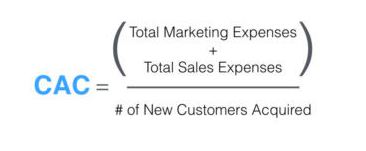
CAC
Customer acquisition cost is the best estimate of the total cost of acquiring a new customer. It should usually include things like advertising costs, your marketers’ salary, your salesperson’s costs, etc. Divided by the number of customers gained.
It is a really useful number that will help you calibrate your investment and make sure you are making the right decisions for your growth.
Why is it important? If your customer acquisition cost is more than your income for a long enough period of time, you will be out of business.
An even better way to use CAC: Match with customer lifetime value (CLTV)
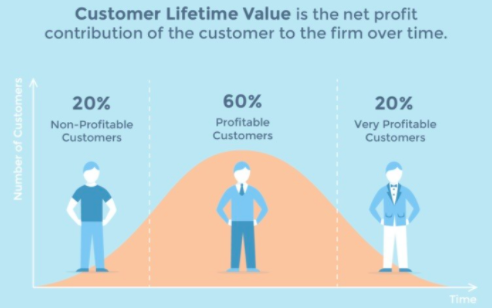
CLTV
Lifetime customer value (Customer lifetime value, or CLV) is the expected sum of all revenues a customer will generate for your business.
CLTV tells you how valuable a single customer is to your brand and gives you an idea of its overall value. This helps you understand how much you need to invest to keep the customer.
It is most cost-effective to increase your income from an existing customer than to acquire new customers. For this reason, you are expected to have a higher probability of success in business models and scenarios with higher lifelong customer value.
CLTV can be mentioned as the loyalty of customers to your product or services. You can find some tips to increase your CLTV.
- Developing digital channels
- Using existing channels more effectively
- To improve the ability to obtain analytical data to obtain more comprehensive information about customers,
- To produce much higher quality content for customers
- Create a high-quality customer experience with after-sales service
- By mobilizing the employee as brand representatives
- Using all kinds of relevant communities.
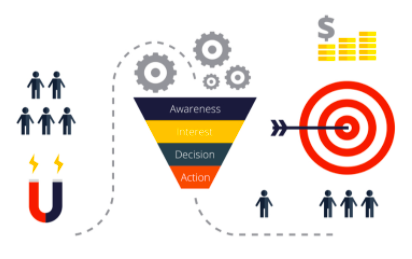
Conversion Rate
The conversion rate is the number of conversions divided by the total number of visitors. It can be an e-commerce website or subscription-based SaaS.
You are monitoring 100 visitors on an average per day. And out of these, about 20 people buy your product or service daily. So your conversion rate, which is the ratio of people becoming your customers to the total number of visitors on your website, is about 20%.
A conversion can refer to any desired action that you want the user to take. This can include anything from a click on a button to making a purchase and becoming a customer.
- Become a Member of the Website
- Navigating the Product or Services Pages
- Filling in a Contact Form
- Becoming a Mail Subscriber to Your Website
- Viewing Campaigns Pages

Churn Rate
Customer Churn
Maintaining the existing customers is equally important as driving new customers to your business. It is one of the most important metrics in tracking the vitality of your business.
Customer churn measures the rate at which customers cancel their subscription to your service. It can give you a better understanding of customer retention by specific insight on activity across specific time periods.
When tracking churn, be sure to identify the personas of these churned customers as well as the industries that can help to light on why they failed to renew.
Customer churn indicates how good you are at retaining existing customers.
Revenue Churn
Alongside customer churn, every SaaS companies have to measure revenue churn to evaluate the outside impact.
Revenue Churn is used to looking at the rate of monthly recurring revenue (MRR) is lost as a result of churned customers and downgraded subscriptions.
Some customers may be generating more revenue than others if the subscription price is depending on variables such as users, additional tools, or features, the customer churn rate might be different than the revenue churn rate.
Revenue churn indicates how good you are at retaining customer revenue.
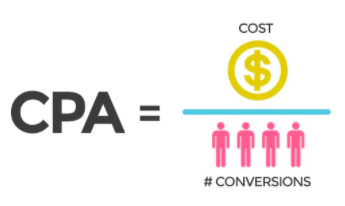
CPA (Cost Per Action)
Cost for every action. Targeted action is usually charged on a fixed or percentage basis. CPA is one of the most favourite metrics of marketers. Cost per action is a digital advertising payment model that allows charging an advertiser only for a specified action taken by a prospective customer.
All actions covered by the model are directly related to some type of conversion, ranging from a newsletter sign up to a link click or sale and determined by the advertiser.
CPA is calculated by dividing Total Cost by the Total Number of Actions.
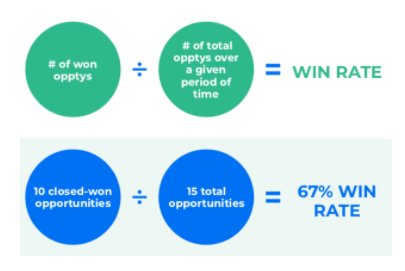
Win Rate
One of the critical elements in determining your sales velocity is your Win Rate. Win rate is the percentage of prospects that became customers divided by the total number of opportunities in the pipeline.
If you don’t know how many opportunities to pursue it is hard to build a sales strategy or know what marketing needs to deliver into the funnel.
In this case, the results of the four sales cycles are as follows:
- Deal A: $20,000 – WIN
- Deal B: $10,000 – WIN
- Deal C: $40,000 – LOSS
- Deal D: $30,000 – LOSS
Deal A and Deal B are won, and Deal C and Deal D are lost. Win two. Lose two. That is a 50% Win Rate.
However, when we look at the values of the deals, the result becomes drastically different. A and B valued at $30,000, where C and D together to a value of $70,000. On a value basis, your win rate is 30%.
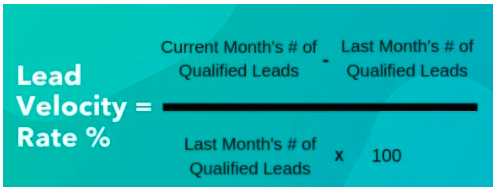
LVR ( Lead Velocity Rate)
The lead velocity rate calculates the real-time growth of qualified leads month over month. It’s one of the most important metrics to predict future revenue.
Lead velocity rate measures the efficiency and effectiveness of the company’s sales pipeline. LVR is one of the most critical key performance indicators (KPIs) of SaaS companies. Generally, companies use lead velocity rate to assess the efficiency of its sales, as well as its growth potential.
Lead velocity rate is calculated as a percentage change in the number of qualified leads in the present month relative to the previous month.
“hit your LVR goal every month… and you’re golden. And you’ll see the future of your business 12-18 months out, clear as can be.”
Jason Lemkin, SaaStr
MQL
Marketing Qualified Leads
Prospects, that they can be customers with their interactions on the website or other channels, and they show interest in the content you offer (template, white book, presentation, report … etc.). For example; You can fill out a web form on your website, download content from your website, or subscribe to a newsletter.
Each of the interactions is considered as a metric and helps determine where the visitor is in the purchasing cycle.
SQL
Sales Qualified Leads
SQL is a potential customer that has an interest in your service or product, already met the criteria for MQL, and going forward has shown a high likelihood of purchasing by offering a trial, demo, and special solutions to the MQLs at the decision stage.
Customers in this group; are those who have high lead scores and come to the contract stage, they must be followed carefully to be turned into customers.
PQL
Product Qualified Lead
PQL is more likely to return to a sale than MQL and the sales cycle is shorter.
PQL is not the same as MQL, PQLs is based on using the product and experiencing your product through the free trial version.
Lead Scoring
Lead scoring is a common sales and marketing term for ranking leads in order to determine their sales-readiness. You can score leads based on the interest they show in your business, their current place in the buying cycle, and their fit in regards to your business.
Lead scoring is to identify which leads are ready to move to sales and which leads require further nurturing. No lead should be left behind.

LimTC Leads at GoodFirms by Bridging the Connection and Cultural Diversity Between the Outsourcing Firms Globally
The ability to use problem-solving skills and techniques to improve clients’ business project outcomes endows LimTC as one of the best BPO service providers at GoodFirms.
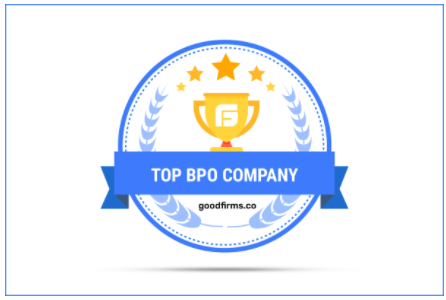
Incorporated in 2017, LimTC manages costs, training manpower, and achieves the desired results for client’s businesses. The professionals understand that it can be daunting for any small or medium-sized company to walk the tight rope between managing costs, training the workforce, and obtaining the desired results.
LimTC’s expert team knows the importance of prompt service or skilled technical support in building clients’ business and growing their customer base.
Besides this, the skilled and trained professionals help clients in marketing, sales, strategy, customer assistance, onboarding, and a few others by extending their limits to exceed clients’ expectations.
LimTC’s professionals serve as an extended team, behind the scenes, working round the clock to give clients’ business a boost of added power and performance.
Moreover, the trained and experienced professionals work collaboratively to maximize clients’ potential and achieve aspired outcomes, adapted and customized to universal markets.
GoodFirms, an online platform, encourages service seekers and providers to partner with many firms based on three significant aspects: Quality, Ability, and Reliability. After a careful evaluation of these businesses based on the fixed parameters, they are added to the GoodFirms directory.
Similarly, GoodFirms also accredited LimTC. They affirmed that the agency flourishes with its excellent service offerings in BPO and customer services category, respectively, at GoodFirms.
The below-mentioned summary of their services will give a better idea of LimTC, which is as follows:
BPO Services:
At LimTC, the professional team gives clients’ business a competitive edge over their counterparts by keeping the drive going with ongoing training and advancement, technical inclines, and induction of new skill sets, ad-libbing at par with current trends and standards.
Moreover, LimTC offers premium offshore staffing services to render clients’ back-office work. The professional team recognizes the value of a dedicated and detail-oriented unit, which is why the company aims to provide clients with the best-skilled professionals within clients’ budget.
From offshore personal virtual partners, data processing services, offshore real estate services, accounting outsourcing, and a few others, LimTC provides clients with all. Outsourced back office services can save clients a lot of money and time, as it lessens a lot of tedious toiling off clients’ hands. Saving costs means increased revenue, allowing clients to develop their business further!
LimTC further acts as a backbone of any successful business that needs to be tended with experience and expertise. It provides payment processing services to supplier management for unhindered general business functions, technical support, and manual intervention.
Thus, backed by a trained team that is adept at bridging the gaps between the front and back office to secure smooth operations on a day-to-day basis endows LimTC to grab a secure position amongst the top BPO companies listed at GoodFirms.
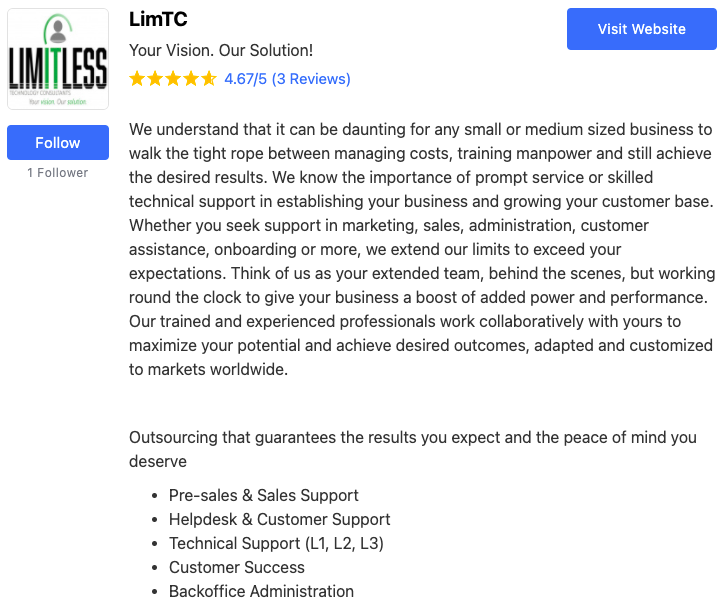
The review given by clients at GoodFirms reflects the capabilities of the experts at LimTC.
“LimTC becomes part of our team, never had any issue with communication. They are always available and very responsive to any requirements. Our trust in their team has allowed us to focus on the development of our platform and deliver better every day.”
“They have taken a load off my shoulders, they surprised me with running the project smoothly and finding solutions to any problems they meet. Now I can rely on them and focus on my core functions and my other projects.
I wanted support to launch my project in time and a team to rely on to deliver excellent service to my customers. My customers are mainly C level and to meet their expectations and deliver excellent service is a bit difficult, however, they were able to make that happen.”
“They communicate well, whether by email or phone. They document everything and move fast.”
Customer Services:
LimTC furnishes outsourced customer support services customized to suit clients’ business’ specific necessities. The dedicated professional team holds strong communication skills and a pleasing personality to handle all clients’ customer support requirements via receiving & making calls and emails.
Customer support plays an essential role in guaranteeing clients’ patrons’ satisfaction by ensuring they get the assistance they demand by providing them solutions to whatever predicaments they may encounter.
Moreover, LimTC believes that good customer support service boosts brand loyalty and awareness, as content customers are more likely to suggest a particular brand to their family and friends after a positive experience.
In addition to this, satisfied customers tend to give great feedback, enhancing clients’ brand image. With LimTC, clients can count on its outsourced team’s ability to cater well to their users and offer them the help they need.
Furthermore, LimTC’s expert team will team up with clients to comprehend their business capacities and destinations from the start. The skilled group at LimTC will strive to understand the clients’ organization’s procedures and activities to provide them with strategies that focus on IT operations and create revenue-generating ideas.
Thus, expertly handling customer issues and providing support solutions efficiently with technical competence endows LimTC to tap into the list of best companies for customer services at GoodFirms.
The review obtained at GoodFirms confirms the quality of service offering rendered at LimTC.

Washington, D.C.-based GoodFirms is an innovative B2B Research and Reviews Company that extensively combs the market to find the BPO and customer support services agencies amongst many other technology firms that offer the best services to their customers. GoodFirms’ extensive research process ranks the companies, boosts their online reputation and helps service seekers pick the right technology partner that meets their business needs.

Which Audio Chat App Is For You?
There is a new boom happening right now in social media, the drop in audio chat experience.
You may have heard about the ClubHouse app and now a new app TwitterSpaces which is actually a copy of ClubHouse. We have compared these 2 apps’ main differences and sharing with those who like to stay up to date on new social media space.
After reading the previous paragraph, if you have considered trying out one of these new apps you will probably choose Clubhouse since copies have the stereotype to be worse than the original. But don’t be too quick to judge. Let’s look at some numbers.
TwitterSpaces has 192 million daily users over ClubHouses 2 million daily active users.
Interesting right?

These are the key differentiations.
Clubhouse is an only iOS, only audio, and only by invite app. Basically what it means is you can enter an audio chat room by invite only. It gives you the actual experience of a clubhouse. It’s like zoom without video or any audio chat, a team speak app with speakers and listeners.
Clubhouse has a calendar with upcoming events for you, that the app assumes you will be interested in listening to, based on who you are following.
You can easily find and connect with your friends on the app.
Clubhouse app is very well designed and polished in terms of functionality and discoverability.
But users report that “it feels kind of sweaty” because a lot of people are on there trying to network, trying to link and build. It feels more like a Linkedin profile with a long list of accomplishments and acculturations.
But this type of platform caused such a hype among its users that even Mark Zuckerberg is working on his own version of ClubHouse for Facebook. However, there are more apps like this to follow in the near future.
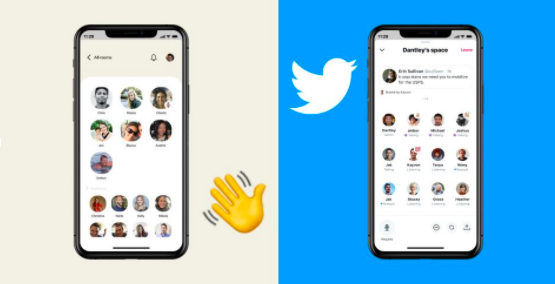
Here’s your guide on TwitterSpaces. Twitter started testing Spaces back in December 2020 and they are now in the Beta version. So there is much more to come including new features and updates.
Spaces is a new way to have live audio conversations directly in the Twitter app.
Unlike the ClubHouse, TwitterSpaces are not private and available on iOs and Android. They are public and anyone can join to listen even if they do not follow you on the app.
You can easily block or report users to moderate content better.
TwitterSpaces give the ability for up to 10 users to come together as speakers and create an audio-only chat experience. It even has a live transcription future that lets you read the conversations even if you can’t listen because you can’t have your volume up or you forgot your headphones.
TwitterSpaces is almost like talking to people in real-time via voice notes. It lets you join, listen, and speak. Reviews of users show that they seem to enjoy it and think spaces is a more exciting product than ClubHouse.
